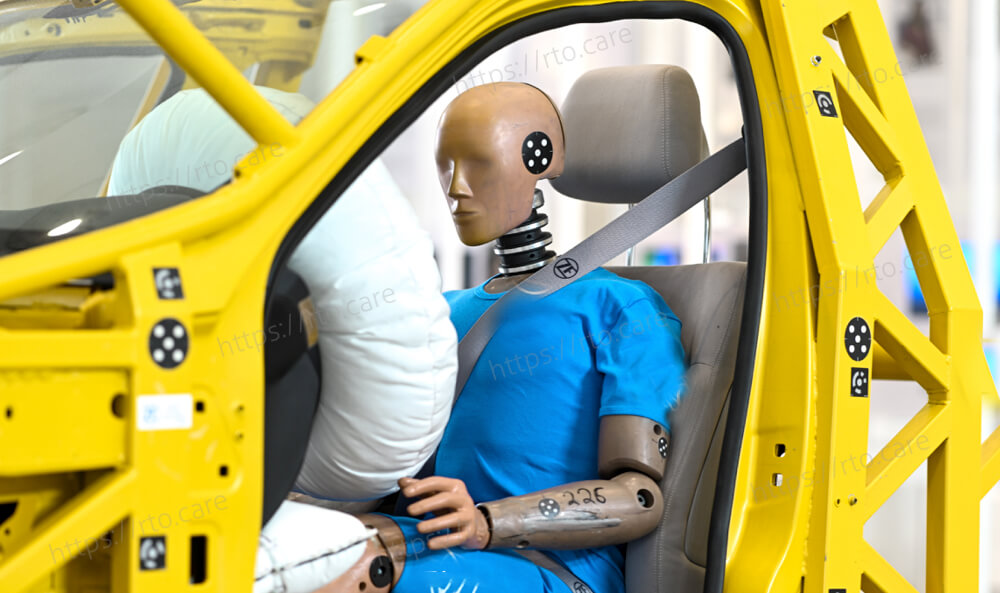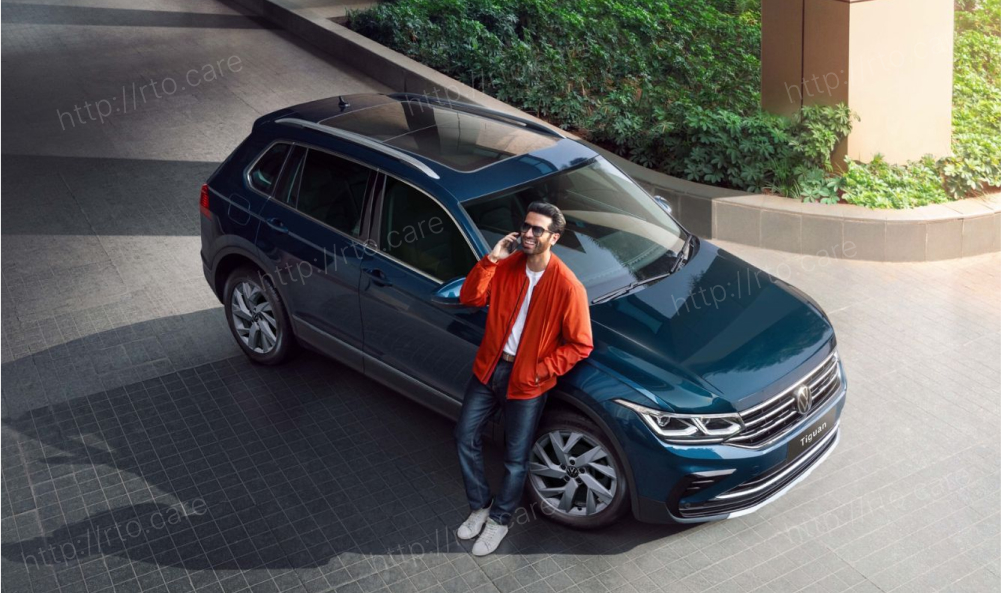Recently, the government argued in favour of making six airbags standard in vehicles. According to experts, vehicles need both active and passive safety features because they all function as a single unit and no one device is superior to another. Active safety measures, including effective brakes and ABS, prevent accidents from happening in the first place. Seatbelts and airbags are examples of passive safety systems that protect occupants after an accident has taken place. Active safety and passive safety are the two main divisions of four-wheeler automotive safety. Global and Indian automakers have made significant strides in connected mobility and technology.
Active vs passive safety
Recently, the government argued in favour of making six airbags standard in vehicles. According to experts, vehicles need both active and passive safety features because they all function as a single unit and no one device is superior to another. Active safety measures, including effective brakes and Anti-lock Braking System (ABS), prevent accidents from happening in the first place. Seatbelts and airbags are examples of passive safety systems that protect occupants after an accident has taken place. Active safety and passive safety are the two main divisions of four-wheeler automotive safety. Global and Indian automakers have made significant strides in connected mobility and technology.
Do more airbags imply more safety?
To promote occupant safety, the Union government stated earlier this year that all passenger vehicles must come standard with six airbags. Car manufacturers like Maruti Suzuki objected, claiming that this would drive up car prices and reduce demand for affordable automobiles. Nitin Gadkari, the minister of state for road transport, later clarified that only eight passenger vehicles will be required to have six airbags. Do extra airbags, however, make cars safer?
What do experts say?
According to CV Raman, chief technical officer (engineering), Maruti Suzuki India Ltd., the single most efficient way to protect yourself in an accident is by wearing a seatbelt. According to Raman, seatbelts are your best line of defence because they keep you safe and secure inside the car. The purpose of airbags is to supplement seatbelts, not to replace them.
For instance, if an accident occurs and you are not buckled up, you can be propelled into a front airbag that opens quickly. A fatality or significant injury could result from such force. Gitakrishnan Ramadurai, a core faculty member in the Robert Bosch Center for Data Science and Artificial Intelligence (AI) at Indian Institute of Technology (IIT) Madras and professor in the Transportation Engineering Division of the Department of Civil Engineering, told FE that airbags provide an additional layer of safety while seatbelts only partially reduce injuries.
Airbags, however, might hurt children more if they are not belted up. He said that there have been incidents where airbags had fractured young children's skulls. In some nations, children aren't even permitted in the front seats of a car. Regarding the debate over six airbags being required in cars, Ramadurai stated that while theoretically having six airbags is safer, in practice a lot depends on usage. In a car, he added, you simply cannot wear a seatbelt, whether you are in the front or the back. Speaking with automotive analysts, FE learned that in addition to supplying more airbags, the emphasis should be on increasing seatbelt usage.
Seatbelt usage
Despite the fact that cars are becoming safer, an analyst claimed that drivers and passengers are just not utilising the safety measures that are available in modern vehicles. Despite the fact that seatbelts have been required for over 20 years, usage is still low. In India, the most recent formal study on seatbelt use was conducted in 2017. According to a study titled Seat belt usage in India, 2017 carried out for Maruti Suzuki by the market research firms Millward Brown and IMRB (Kantar Group), only 4% of people in India actually buckle up when they are in the backseat. In terms of geographies, it said, only 11% of drivers in South India use seatbelts, which is followed by drivers in the East (21%), West (22%), and North (22%) (58%).
Reasons for non-usage
The leading cause of seatbelt non-use (32%) was lax legal enforcement. The other main causes were bad image views (27%) and the idea that seatbelts damage clothing (25%) Surprisingly, the study found that 23% of respondents did not even think of a seatbelt as a safety device, which prevented use.
Reasons for usage
Up to 77% of respondents claimed they wore seatbelts because they were required by law, while 64% did so because they saw them as a safety feature. One of the main justifications for usage was also the encouragement to use seatbelts from family and friends.
How to increase usage
According to analysts, strict law enforcement, encouragement, and awareness-raising campaigns can all work to boost seatbelt usage. A multifaceted strategy is necessary. Seatbelts should be promoted as the most important auto safety item through high-impact, nationwide awareness campaigns. According to a seasoned professional in the field, encouraging seatbelt use is important. Active and passive safety features are both necessary for automobiles; they complement one another and are all equally effective.










